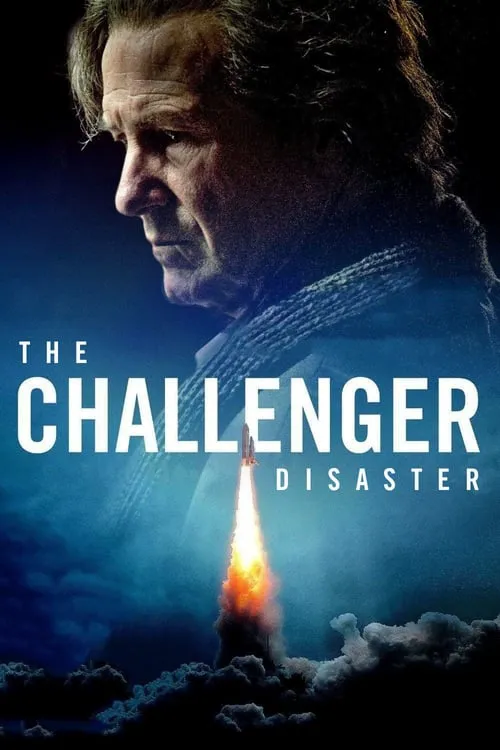The Challenger Disaster

Plot
The Challenger Disaster is a drama film directed by Paul Greengrass that delves into the events surrounding the disastrous launch of the space shuttle Challenger on January 28, 1986. The film focuses on the investigation into the tragedy led by physicist Richard Feynman, renowned for his theory of quantum electrodynamics. The film not only sheds light on the investigation but also provides insight into the lives of the astronauts and the individuals involved in the mission. At the beginning of the film, NASA is preparing for the launch of the space shuttle Challenger. The mission is dubbed STS-51-L and aims to be the first flight of an American teacher in space, Christa McAuliffe. McAuliffe, a teacher from New Hampshire, is part of the Teacher in Space Project, a project initiated by President Ronald Reagan to inspire students to pursue a career in science. However, during the launch, the Challenger explodes mere seconds after taking off from the Kennedy Space Center in Florida. The tragic event is witnessed by millions of people watching on live television, and the world is left in shock. The astronauts, including McAuliffe, along with five others, are killed instantly. A presidential commission is tasked with investigating the cause of the disaster. The investigation, led by William P. Rogers and William F. Graham, is led in tandem with NASA's internal investigation. NASA Administrator James Fletcher leads the internal investigation. As part of the investigation, physicist Richard Feynman is called upon to review the data. The investigation centers around the O-ring joints used in the solid rocket boosters (SRBs) of the space shuttle. The O-rings, manufactured by Morton Thiokol, a subcontractor of NASA, were designed to seal the joints between the two sections of the solid rocket boosters. However, it becomes apparent that the O-rings failed to function properly in the low temperatures on the day of the launch. Feynman notices a correlation between the temperature and the failure of the O-rings. He realizes that the O-rings would likely fail in the freezing temperatures on the day of the launch, leading to the catastrophic failure of the space shuttle. Feynman, along with his fellow investigators, puts pressure on NASA to investigate the role of the O-ring joints in the disaster. However, the investigation becomes increasingly mangled due to NASA's pressure on its employees to protect the space agency's image. NASA employees and engineers fear speaking out about the faulty design of the O-ring joints, fearing that they might face retribution. Feynman's presence helps bring light to the situation, but his findings are often disputed and underplayed by the NASA officials involved in the investigation. The film takes viewers through the investigation process, highlighting the struggles faced by the investigators, particularly Feynman, to uncover the truth behind the Challenger disaster. The pressure to protect the image of NASA and the space program, coupled with the potential consequences of speaking out, poses significant challenges to Feynman and his team. A key moment in the film occurs when Feynman is asked to appear before the presidential commission. He decides to take a container of ice water in his pocket and then demonstrates how O-rings fail at such low temperatures, illustrating the connection to the Challenger disaster. This pivotal moment highlights Feynman's dedication to uncovering the truth, despite the pressure and opposition from various quarters. In conclusion, The Challenger Disaster explores the events leading up to the tragic launch and highlights the dedication of individuals such as Richard Feynman in uncovering the truth behind the disaster. The film highlights not just the tragedy of the Challenger but also the complexities and challenges faced by investigators attempting to shed light on a catastrophic event.
Reviews
Recommendations




